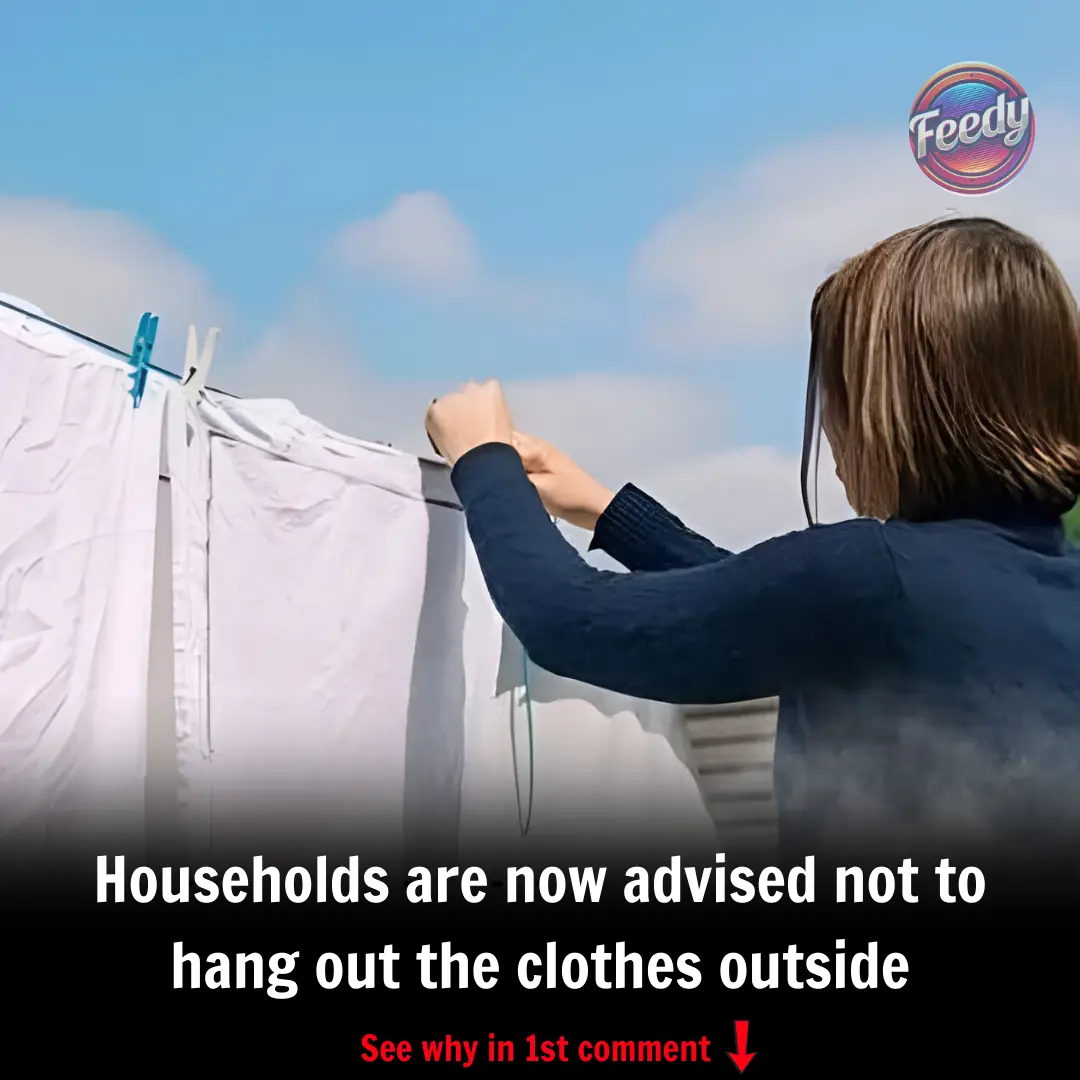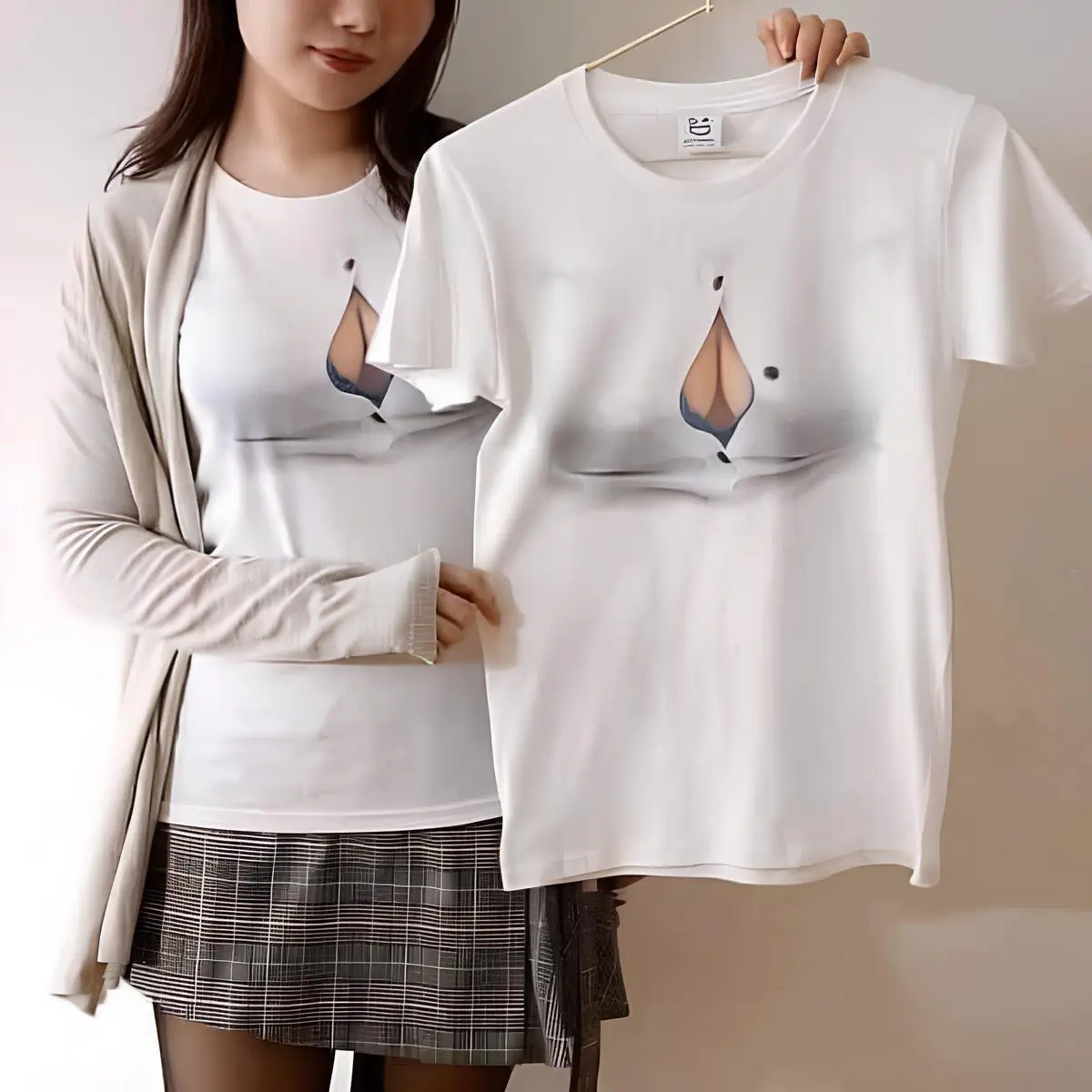
Why You Should (and Shouldn’t) Be Hanging Your Clothes Outside

Hanging your clothes outside to dry—commonly known as line drying—is a timeless tradition that has gained popularity once again, especially among those seeking an eco-friendly, cost-effective lifestyle. With sunlight, fresh air, and a gentle breeze, line drying not only refreshes your laundry but also saves energy and money. Yet, while this simple practice brings several advantages, it also comes with a few drawbacks.
In this article, we’ll explore the pros and cons of drying clothes outdoors, so you can decide if it’s the right choice for your home and habits.
🌿 Environmental Benefits: A Greener Laundry Routine
One of the biggest motivations for line drying is its positive impact on the environment. Clothes dryers consume a significant amount of electricity—anywhere from 2 to 6 kilowatt-hours per load. With the average household using the dryer about 300 times a year, that adds up to nearly 600 kWh annually.
Switching to outdoor drying helps:
-
Reduce your carbon footprint
-
Lower greenhouse gas emissions
-
Save an estimated $100 to $150 per year in electricity costs
It’s a small daily change that can have a big impact over time, particularly in large households with frequent laundry loads.
💸 Financial Savings Beyond the Power Bill
Line drying not only cuts down on energy expenses—it also reduces spending on laundry products and appliance maintenance:
-
No need for dryer sheets or fabric softeners
-
Less wear on your clothing and your dryer
-
Fewer repairs or appliance replacements
Altogether, this can save households hundreds of dollars annually. The modest time investment of hanging clothes translates into significant long-term savings.
🌬️ The Fresh Scent of Sun-Dried Laundry
There’s something uniquely satisfying about clothes that have been dried outdoors. The natural fragrance of sunlight and fresh air is often more appealing than the artificial scents added by commercial softeners.
Sunlight can also naturally:
-
Brighten whites
-
Eliminate odors
-
Leave fabrics feeling crisp and clean
It’s a chemical-free way to enhance your laundry’s freshness.
☀️ Sunlight as a Natural Disinfectant
Sun exposure isn’t just for scent—UV rays from the sun are powerful antimicrobial agents. Research has shown that UV light can eliminate bacteria, viruses, and fungi on surfaces, including fabrics.
While not a replacement for proper washing, sunlight adds an extra layer of cleanliness, especially helpful for items like:
-
Towels and linens
-
Baby clothes
-
Activewear
This natural disinfecting effect is especially beneficial for households with young children or individuals with sensitive skin.
⚠️ Potential Downsides of Line Drying
1. Fading Colors and Fabric Damage
UV rays may be great for disinfection, but they can also cause color fading, especially in darker clothes and natural fibers like cotton. To protect garments:
-
Dry items inside-out
-
Use shaded areas or dry during morning and late afternoon
-
Avoid prolonged sun exposure
2. Weather Dependency
Line drying requires cooperative weather. Rain, high humidity, or unexpected storms can disrupt your laundry plans.
A solution? Keep an indoor drying rack as backup, especially during unpredictable seasons.
3. Allergen Exposure
Outdoor drying exposes your laundry to pollen, dust, and pollution—a real issue for allergy sufferers.
To minimize risk:
-
Avoid drying clothes outside on high-pollen days
-
Consider using a covered drying area
-
Wash laundry more frequently during allergy seasons
4. Fabric Stiffness
Some items, like towels and bed sheets, can feel stiff or scratchy after line drying.
To soften naturally dried laundry:
-
Shake garments before hanging
-
Use fabric softener in the wash
-
Partially dry towels in the dryer for a fluffier finish
5. Limited Indoor Space
If you don’t have access to outdoor space, indoor drying racks can be a hassle. They take up room, lengthen drying time, and may raise humidity levels indoors, increasing the risk of mold.
Good ventilation is essential when drying clothes inside.
🧺 Time and Effort Considerations
Line drying isn’t as convenient as tossing clothes in a dryer. It requires:
-
Time to hang and space garments properly
-
Patience while clothes air dry (which can take hours)
However, for some, it’s a relaxing, mindful activity that adds a moment of calm to the day.
🪢 Aesthetic and Lifestyle Appeal
There’s a simple charm in watching laundry sway in the breeze. For many, line drying evokes nostalgia and offers a connection to slower, more intentional living. It can also enhance the rustic aesthetic of a yard or garden.
That said, if you’re concerned about your home's appearance, a visible clothesline might not align with your style preferences.
✅ Weighing the Pros and Cons
| Pros | Cons |
|---|---|
| Eco-friendly & energy-saving | Weather dependent |
| Cost-effective | Can trigger allergies |
| Natural fresh scent | Risk of fabric fading |
| Disinfecting sunlight | Time-consuming |
| Gentle on clothing | Towels may stiffen |
💡 Final Verdict: Is Line Drying Right for You?
Hanging clothes outside to dry is a sustainable, budget-friendly, and effective way to care for your laundry. It provides natural freshness, environmental benefits, and an opportunity to simplify your routine. However, it’s not for everyone.
Consider your lifestyle, climate, health sensitivities, and space. If you value eco-conscious living and don’t mind a little extra effort, line drying can be a wonderful addition to your household habits.
News in the same category


Cabbage: A Nutrient-Packed Superfood, But Some People May Need to Avoid It

Pope Francis’ final words before passing aged 88

Tokyo Hospital Introduces New Baby Box for Abandoned Infants

A Wake-Up Call Hidden In Metal: The Colombian Sphere Mystery “Revealed”

Japan Green Traffic Lights: The Curious Case of Blue Signals

Friendship Marriages Gain Traction in Japan as Alternative to Traditional Unions

Father of bullied boy who killed himself one year ago shares tragic twist

California on Alert After Discovery of 13-foot Climbing Invasive Creature from China

5 years old saves sister, dog from burning home then alerts rest of family

Orangutan mom, thought to be infertile, gives birth and is captured on camera for the first time

Soviet-Era Spacecraft Re-Enters Atmosphere At 17,000mph — Impact Zone Remains Uncertain

Japanese Newspaper That Transforms into Plants Promotes Sustainability

Scientists Have Discovered The Ancient Origins of Cannabis

Growing Panic In New England As Another Body Surfaces — Police Address Serial Killer Concerns

Alan Jackson’s Wild Concert “Command” Sparks Chaos As Fans Rush The Stage

Father who murdered 10-year-old daughter is attacked in prison

Kim Sae Ron Admits To Having Sex With Kim Soo Hyun As A Middle School Student

Depressing find at the bottom of the Mariana Trench is a warning to the world
News Post

6 Cancer-Fighting Foods You Should Eat Regularly

Most are missing out. 10 top Aloe Vera hacks

DIY Beauty Ice cubes to Remove Dark Spots & Hyper pigmentation – Potato ice cubes & Papaya ice cubes

Plantain Leaf (Plantago major): The Overlooked Herb with Powerful Healing Benefits

Best Bridal Ubtan & Face Packs

Cucumber, Nature’s Best Anti Aging Solution

Natural Botox Gel, That Will Remove All Aging Signs

Don’t overlook these small red spots on your arm – They could be important warning signs

Pregnant woman relentlessly harassed by a K9 dog

Reason behind strange white bumps found on your private parts

Recognizing high blood sugar: 7 early signs

Natural Remedy to Get Rid of Rats & Mice in Your Home

At 60, I Overcame Cancer, High Blood Pressure, Diabetes, and Poor Circulation—All Thanks to This Powerful Drink

Discover the Magic of Boiling Walnuts!

How to Grow Hydrangeas from Cuttings: A Step-by-Step Guide

College student has fatal reaction to brownie she got from friend

MY DOG STOLE A HOT DOG AT THE BALLGAME BUT INSTEAD OF GETTING MAD THE CROWD DID SOMETHING I NEVER EXPECTED

Japan’s got a solution for everything

MY K9 PARTNER SAVED MY LIFE LAST YEAR—BUT THIS MORNING HE REFUSED TO GET IN THE CAR
